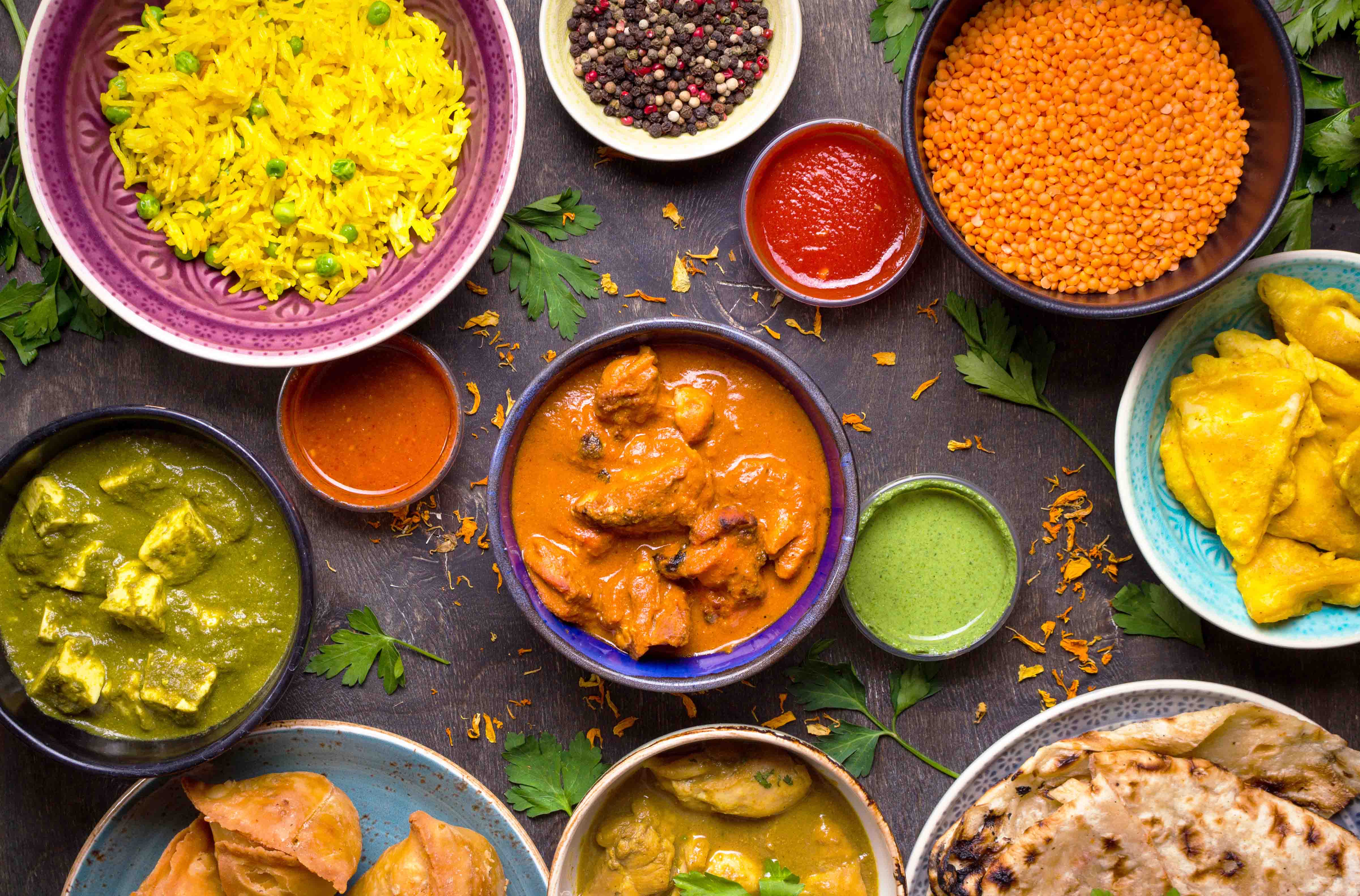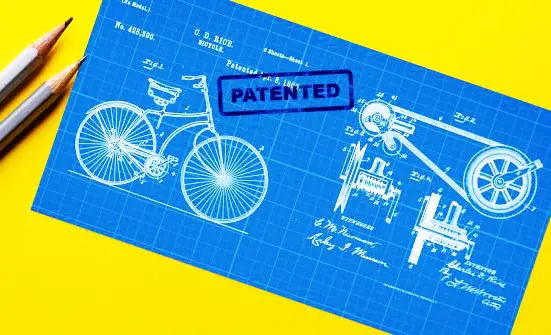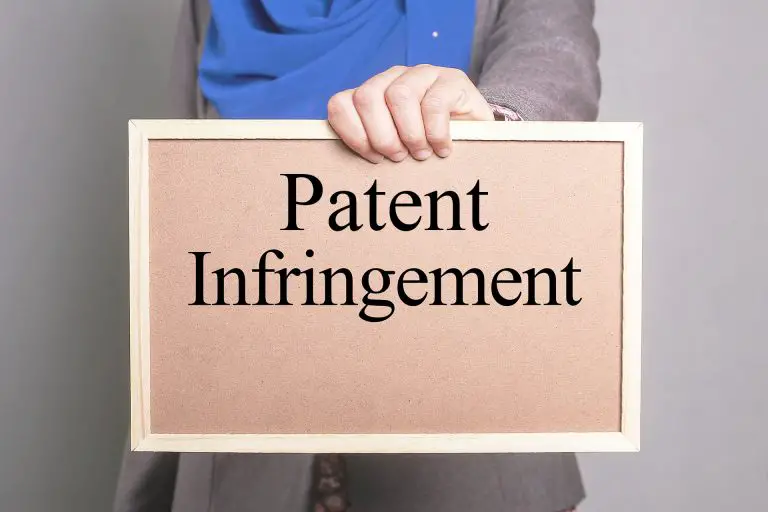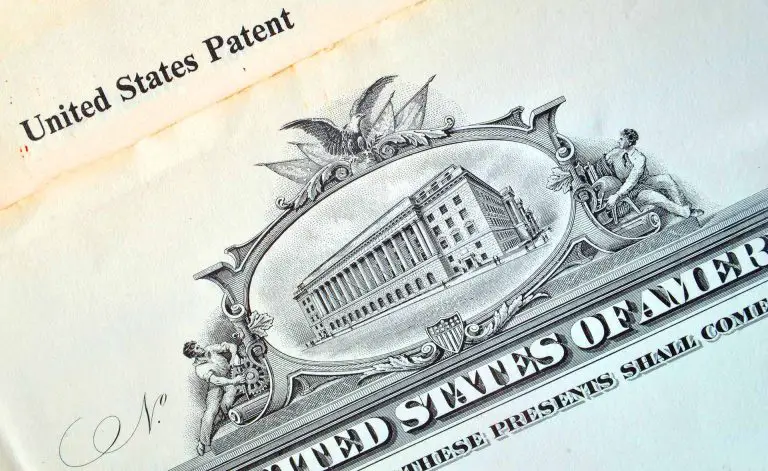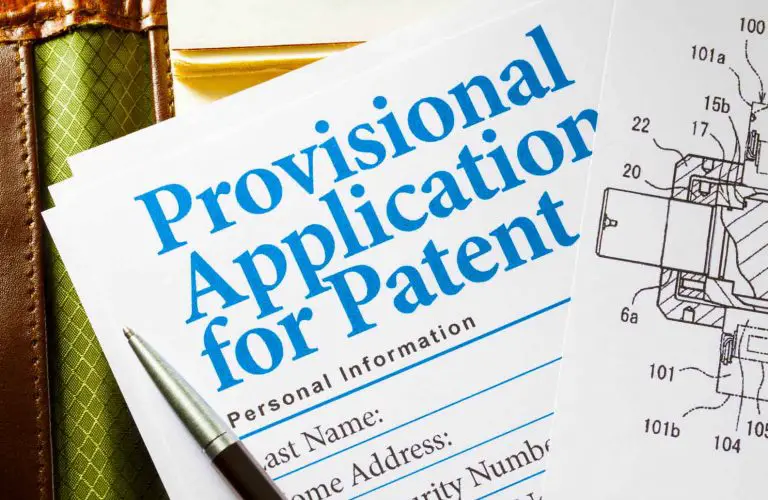Can You Patent a Food Idea?
Patents allow inventors of new machines, processes, designs, and compositions of matter to protect their intellectual property (IP) with a patent. So, if you have the best idea for a food, can you patent it?
Patents allow inventors to stop others from using, making, and selling a patented invention for a limited period of time, for utility patents, this period of time lasts for 20 years from the date an inventor files his patent application with the USPTO (The United States Patent and Trademark Office). So, can you patent a food idea? We will answer this below.
Can You Patent a Food Idea?
The short answer is: no, you cannot patent a food idea because the patent office does not issue patents for a mere idea. You can, however, patent a unique recipe for food or a process for making a food. To patent a unique recipe for food, it must have a patentable subject matter, the food recipe must be new, it must be nonobvious, and it must be useful.
To patent your food idea, you need something more than just an idea for a food, you need to have a recipe for making a specific type of food. If you have a recipe that you want to protect, you should consider filing a utility patent because utility patents protect inventions, as well as compositions of matter.
So, if you have an awesome food recipe that you want to patent, here are a few of the requirements your recipe will have to satisfy: your food recipe must have a patentable subject matter, it should be novel, nonobvious, and useful.
Many people prefer not to patent their recipes because when applying for a patent they would have to disclose all of the ingredients they’re using in a recipe, as well as how to combine those ingredients to create the final product. As such, many choose to keep their recipes secret in order to avoid disclosing it in a patent application.
Summary of the Requirement to Patent a Food
Here is a quick summary of the requirements that a food recipe must meet to qualify for a utility patent:
- The food recipe must contain patentable subject matter,
- The food must be novel (new),
- The food must be non-obvious, and
- The food must be useful
The Food Recipe Must Contain Patentable Subject Matter
As we mentioned, for a food recipe to qualify for patent protection, the invention must have a patentable subject matter. That said, the food recipe must be something for which the patent office grants a patent. Food recipes fall within the scope of patent protection because they qualify as a composition of matter.
Food recipes qualify as a composition of matter because ingredients are combined to produce a final product. Also, you can patent a process for making a food item, in addition to patenting the recipe. This article will focus on patenting the recipe itself and not the process of creating a food item.
The Food Recipe Must Be Novel
The second requirement that an inventor of a food recipe has to satisfy is that the recipe must be novel. Said differently, the recipe has to be new and different from anything that’s been publicly disclosed or patented at the patent office.
To satisfy this requirement, the inventor must file a utility patent application within 12 months of publicly disclosing the recipe, selling the food recipe, or offering it for sale. If the recipe has been publicly disclosed for more than 12 months, the patent office will not allow you to patent because it’s considered as prior art.
Before patenting an invention, inventors often conduct a patent search to determine that no one has patented the invention or recipe that they want to patent. Also, inventors are encouraged to research public sources to determine whether someone has already published or disclosed the recipe they want to patent.
The Food Recipe Must Be Nonobivous
To get a patent on a food recipe, the recipe must be nonobvious. Said differently, an inventor of a recipe will have to show that an ordinary person familiar in the field of your recipe will not consider your invention (recipe) to be obvious at the time you filed your patent application.
For example, if you’ve come up with the best recipe for making a Middle Eastern Dish, the patent examiner has to judge your recipe based on whether an ordinary person familiar with Middle Eastern Cuisine would consider your recipe to be obvious. On the other hand, if your food recipe satisfies the nonobviousness requirement, the patent examiner will continue the examination of your patent application.
For your recipe to be nonobvious, it has to combine ingredients that no other recipe has combined before. For example, adding more salt to a known recipe or adding more sugar in pastries will not satisfy the nonobviousness requirements because adding more or less of an ingredient to a known recipe is obvious. The more different your recipe is from anything else that’s already out there, the more likely you’ll be able to patent it.
The Food Recipe Must Be Useful
The last requirement to patent a food recipe is satisfying the usefulness requirement. To get a patent, the patent office requires inventions to provide some identifiable benefit. While most invention satisfies this requirement with ease, it’s important to note that it’s required and therefore a statement about the usefulness of your invention should be included in a patent application.
Opting to Protect A Food Recipe as a Trade Secret
Many creators of famous food recipes have opted to protect their creations by protecting them as trade secrets. Protecting a food recipe as a trade secret allows the creator of a recipe to avoid having to disclose all of the ingredients and process that goes into creating a food item. So, if you’re thinking about patenting a food idea that you have, ask them about trade secret protection and see what they have to say.
Companies such as Coca Cola have protected their secret formulas for beverages by protecting them as trade secrets instead of patenting them because they don’t want to disclose to the public how to make their product. Patents only last for 20 years, so had Coca Cola patented its formula decades ago, people would now be able to make the popular drink that’s consumed by billions of people on a daily basis around the world.
Design Patent in Addition to a Utility Patent
If you have product packaging for the food you want to patent, you may be able to protect it with a design patent. Design patents allow inventors and creators of new designs to protect the appearance of a product for a limited period of time. So, if you have product packaging that has a new and unique appearance that’s attractive for your customers, you should ask your attorney about patenting it.
Preparing and Filing Your Patent Application
Once you’ve determined that you have a food recipe that’s eligible for patent protection, you have to prepare a utility patent application. Although the patent office allows and assists inventors in preparing their patent application, the patent office recommends that applicants hire an attorney to prepare and file their patent application. This is so because the application process is a complicated one and having an attorney is almost a must for more people who don’t have experience patenting inventions.
If you can’t afford to hire an attorney, consider the option of hiring a patent agent instead. Patent agents are licensed by the USPTO and they are able to assist inventors in preparing their patent application, filing it with the patent office, and responding to any inquiries from the patent office. So, if you don’t have the budget for an attorney, consider a patent agent.
Patenting a Food Idea
By now, it should be apparent that patenting an idea for a good is not possible. To patent food, you must have some sort of recipe and instructions on how to create the food you want to patent. Merely having an idea for making a certain food is not enough to get it patented. Also, adding more or less of a commonly used ingredient is not enough to get you a patent. You have to have a recipe that’s nonobvious, something that no one has thought of making before. That said, if you have a food idea that you want to patent, contact a patent attorney and see what they have to say. If you have any general questions or comments, please leave them in the comments section below.

